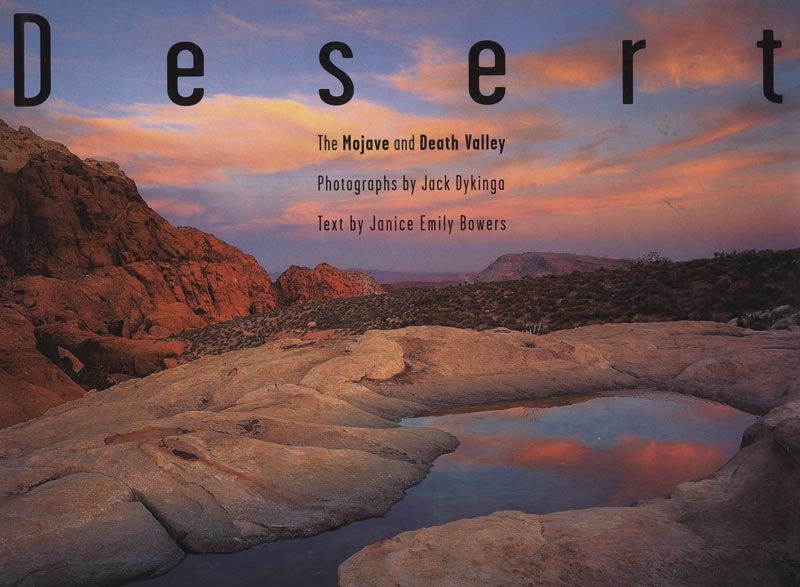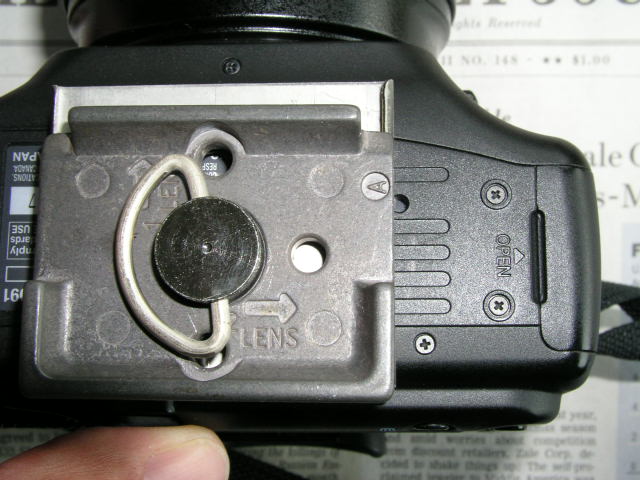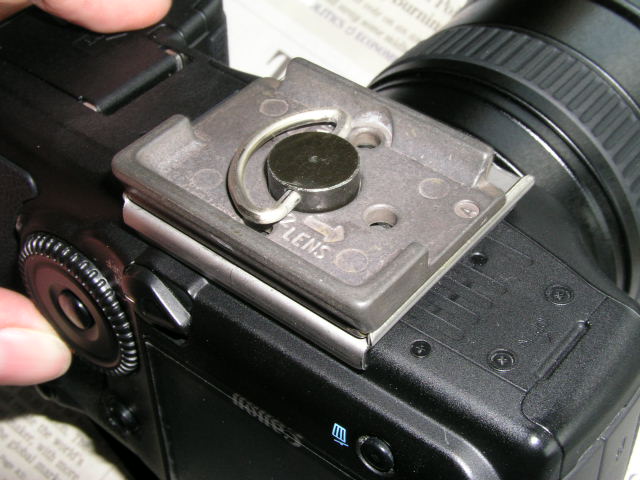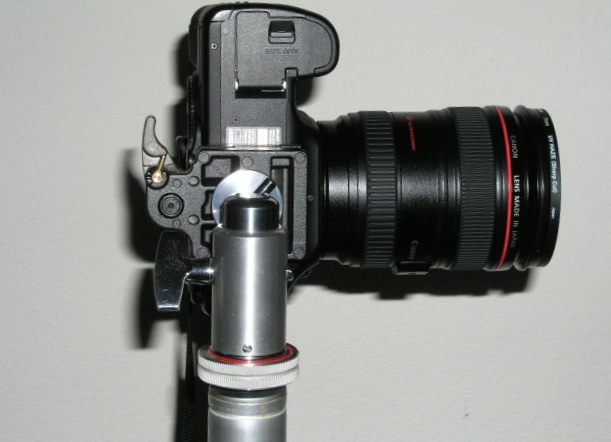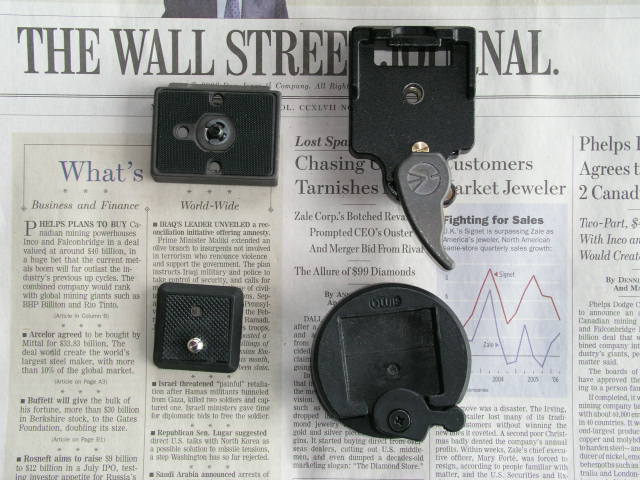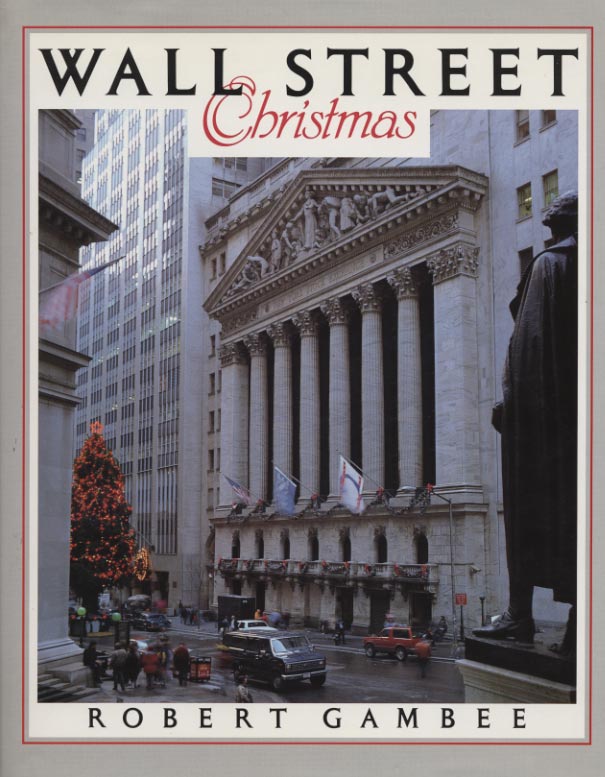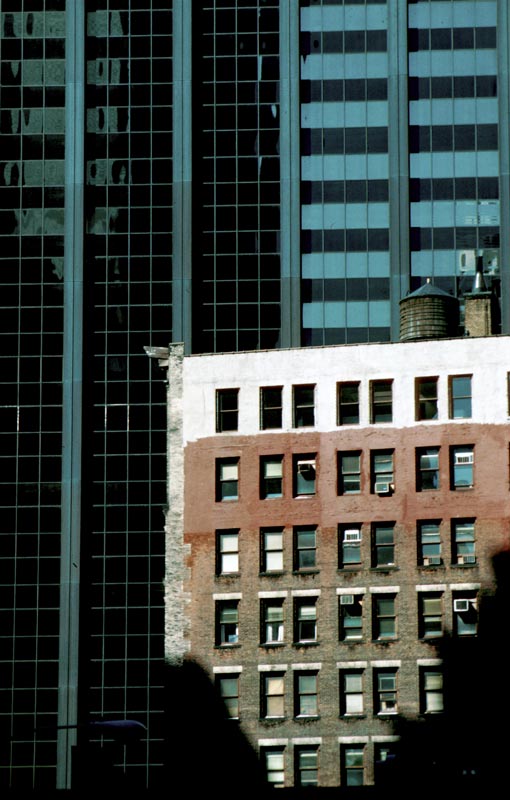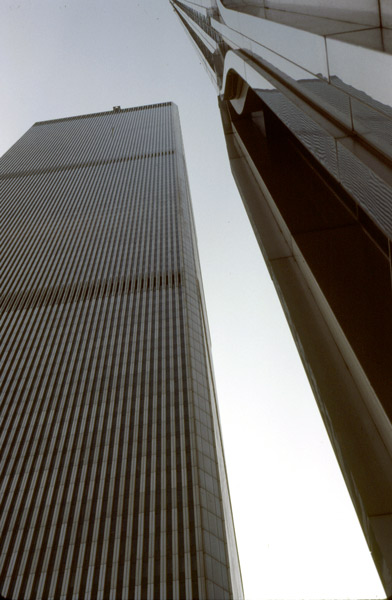How about f/0.85 back in 1934?
‘Glamor’ lenses for 35mm cameras, the ones with bragging power, have either entailed large apertures or extreme length.
On the extreme length end, it was rather like the cubic capacity of motorcycles. Once you hit the magic thousand, you had bragging rights. So when Vincent motorcycles (then known as HRD) came out with its magnificent Series A twin in 1936, it was a ‘thousand’ (actually 998 ccs) that graced the frame and made it the talk of the town. On the lens front, thousand mm lenses have been around for ever, even if they were never priced at amounts the amateur could afford. No, you had to use someone else’s money to buy a Zeiss Mirotar 1000mm mirror lens for your Contarex back in the sixties. That or choose between a car and that lens. Nikon already had lenses of this length and greater. Canon had a 1200mm ages ago and it was a regular refractive rather than mirror optic, some 853mm long. That’s almost three feet! Get one of these and you could say yours was longer than anyone else’s with little fear of contradiction.

The Canon 1200mm f/8 telephoto lens
Quite how you were meant to keep this monster steady unless your tripod was built like the Maginot Line is unclear to me, but hey!, you were the big guy on the block so who cared? Sure, Nikon had the 2000mm mirror lens, weighing in at 40 lbs. but, let’s face it, it was barely two feet long so the only bragging rights it conferred was how long it took you to recover from the hernia induced by lifting it on your tripod. Or, for that matter, from lifting the tripod sans lens if it was one sturdy enough.
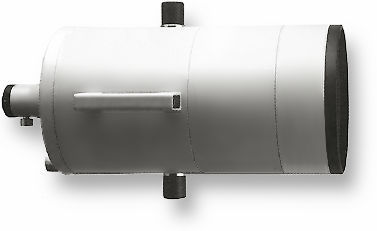
The Nikon 2000mm f/11 mirror lens
So long was long and nowadays these monsters are as passÄ— as bell bottoms and wide flower ties. Reminders of silly one upmanship and passing fads. The longest Nikon and Canon lenses I can find in the B&H catalog are 1000mm (a mirror lens with a modest f/11 aperture) and 600mm (with a whopping f/4 maximum), respectively.
But for the average man in the street, fast was always more intriguing than long. If his ship came in, a nice 50mm f/1.4 was more likely to grace his camera than a 2000mm f/11. Heck, you could actually use the thing. Indeed, even before WW2, Leica and Zeiss offered f/1.5 50mm lenses. Back as far as 1925 Erich Salomon was taking his great candids with an Ermanox 4.5 x 6cm plate camera fitted with an f/1.8 lens. So speed goes back a few years. Once modern anti-reflective coatings started to be used about 1942 (wars and technological progress being synonymous) these lenses began to transmit something close to their stated apertures. Later Leica gave the world the Summilux, an f/1.4, originally a 50mm and later joined by 35mm and 75mm versions. All superb.
In 1953 Zunow came out with an SLR, largely made of pure cheddar with an f/1.1 lens. Four were sold and have never been heard of since. I recall seeing one and that lens was certainly impressive to look at. In 1956 Nikon equalled them with an f/1.1 for its screw thread Leica clones.
So in 1961, not to be outdone, Canon came up with the 50mm f/0.95 for its Canon 7 rangefinder cameras which used a Leica thread mount. So large was the lens it had a separate external bayonet mount to fit around the standard mount on the camera body. User comment suggests this was truly one of the worst lenses of all time but, what the hell, it was under f/1.0! “Brighter than the human eye” the advertisements screamed. I’ll bet it sold a lot of Canon 7 bodies with f/1.8 lenses. You could always say you could get three faster lenses in case of need – f/1.4, f/1.2 and this worthless wonder.
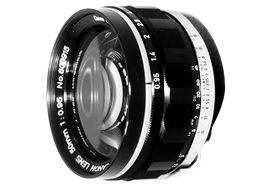
The Canon 50mm f/0.95 lens. Like most marketing exercises, fast and worthless.
By the way, Canon tried again with a 50mm f/1 lens in their ‘L’ line early in the 21st century. Testifying to the poor performance of that lens, suggesting Canon had learned little from their prior experience, that lens was discontinued a couple of years ago and now has, you guessed it, collectible status. Must make for a nice paperweight, I suppose.
Leitz’s approach was different. The German character, not renowned for its sense of humor, reckoned that anything faster than f/1.4 actually had to be capable of taking sharp pictures, so they took it in baby steps, first coming up with the f/1.2 Noctilux with its exotic and costly aspherical element. Needless to say, the lens was superb and the limited production run of some 2,000 has ensured its collectible value. Meaning, sadly, hardly anyone uses one of these any more, most rotting in some collector’s cage.
It took Leica another 10 years to work out how to do it with spherical glasses and how to make it faster, and the f/1.0 Noctilux was born in 1976. It remains in production to this day and is probably the first useable f/1.0 lens for a 35mm camera ever made.
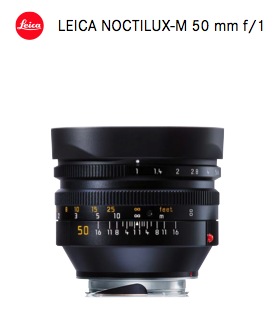
But Leitz always were horrible at marketing. Had they but searched their long and distinguished history, they would have found this and it was made in 1934 with an aperture of f/0.85! Or maybe they knew and were embarassed that 42 years later they could only manage f/1.0?

The Leitz 75mm f/0.85 Summar. From Theo Scheerer’s ‘The Leica and the Leica System’, Fountain Press, 1962
And you thought f/1.4 was fast?
By the way, want a $300 f/0.70 lens which will blow any of the above away for definition? Simple. Place that inexpensive Canon 50mm f/1.4 on your EOS 5D, set the speed to 1600 ISO and enjoy finer grain than TriX film at 400 ISO. Two stops gained from f/1.4 make it an f/0.70 with the depth of field and definition of an f/1.4. So Canon finally made a decent sub-f/1.0 lens, by virtue of that wonderful full frame sensor in the 5D!
